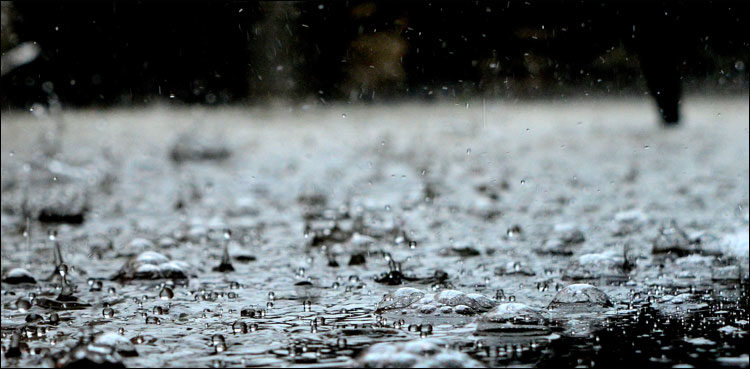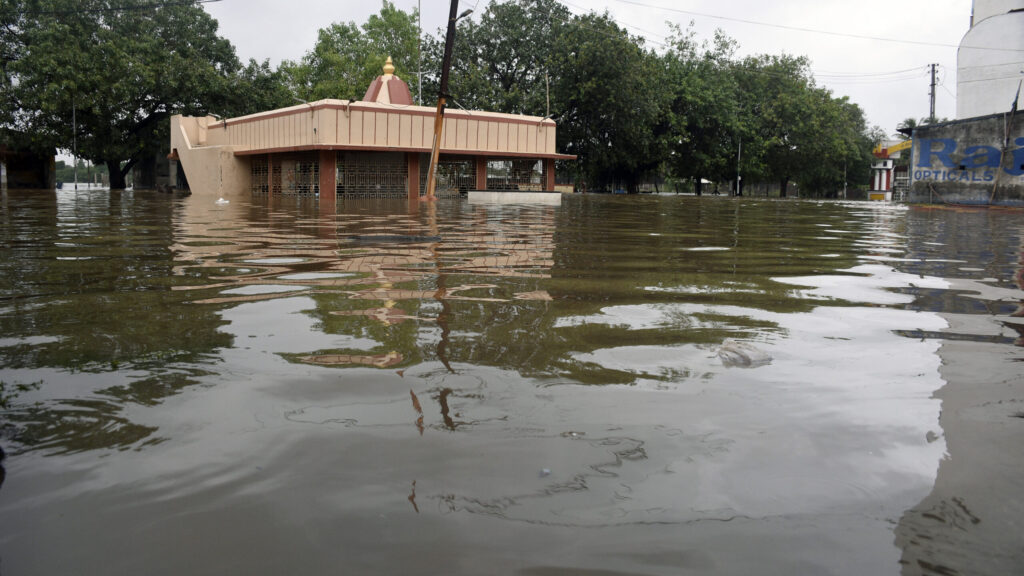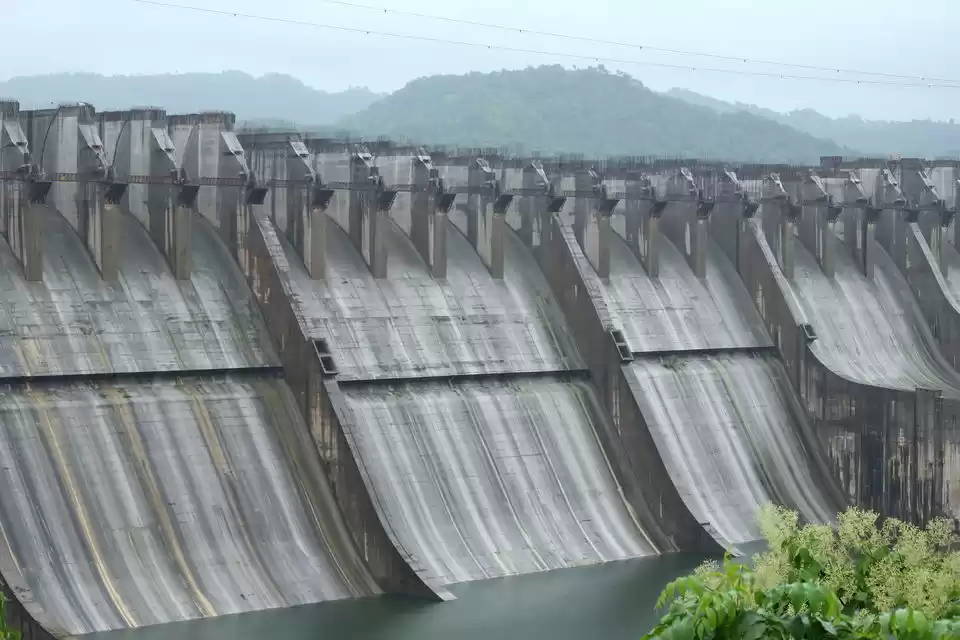
Introduction
The monsoon season holds profound significance for water management in India, influencing both water storage levels and quality across the country. Understanding these effects and preparing accordingly are crucial for sustainable water management practices.
How Monsoon Affects Water Storage and Quality?
Replenishing Water Reserves: The monsoon delivers a significant portion of India’s annual rainfall, replenishing surface water bodies such as rivers, lakes, and reservoirs. Adequate monsoon rainfall is essential for maintaining optimal water levels in these storage systems, crucial for agriculture, drinking water supply, and industrial needs.
Groundwater Recharge: Beyond surface water bodies, the monsoon also plays a critical role in recharging groundwater aquifers. Replenished groundwater levels support agricultural irrigation and provide a crucial buffer during drier periods, ensuring sustained access to water resources across rural and urban areas alike.
Impact on Water Quality: While essential for water replenishment, the monsoon can also pose significant challenges to water quality:
1. Surface Runoff Contamination: Intense rainfall leads to increased surface runoff from urban areas, agricultural lands, and industrial sites. This runoff carries pollutants like sediment, pesticides, fertilizers, and heavy metals into water bodies, compromising water quality.
2. Bacterial Contamination: Heavy rains can stir up sediment and organic matter in water bodies, increasing turbidity and promoting bacterial growth. This can elevate levels of pathogens and microbial contaminants in drinking water sources.
3. Flooding and Infrastructure Damage: Severe monsoon events can cause flash floods and infrastructure damage, potentially contaminating water supplies with debris, sewage, and hazardous materials.

Tips for Preparing and Maintaining Water Storage Systems
Cleaning and Maintenance: Before the monsoon, conduct thorough cleaning of water storage tanks, reservoirs, and catchment areas to remove sediment, debris, and accumulated pollutants. Regular maintenance ensures optimal water quality and storage capacity.
Filtration and Treatment Systems: Install effective filtration and treatment systems to purify rainwater collected from rooftops and catchment areas. Technologies such as sand filters, mesh screens, and UV disinfection can remove suspended particles, bacteria, and chemical contaminants.
Structural Integrity Checks: Inspect and reinforce infrastructure such as dams, reservoirs, and embankments to withstand heavy rainfall and prevent structural failures. Proper maintenance reduces the risk of breaches and ensures reliable water storage capacity.
Water Quality Monitoring: Implement routine water quality testing during the monsoon season to monitor parameters such as turbidity, pH levels, and microbial contamination. Regular testing helps identify potential risks to water quality and enables timely corrective measures.
Rainwater Harvesting Promotion: Encourage rainwater harvesting initiatives at community and individual levels. Rainwater harvesting systems capture and store rainwater for various uses, reducing reliance on surface and groundwater sources while promoting sustainable water management practices.
Community Engagement: Raise awareness among communities about water conservation practices, pollution prevention measures, and the importance of sustainable water use during the monsoon. Community involvement fosters a collective commitment to safeguarding water resources and improving resilience to climate variability.

Conclusion
The monsoon season in India is pivotal for replenishing water reserves and supporting agricultural productivity, yet it also presents challenges for maintaining water quality. By adopting proactive measures such as thorough cleaning, effective filtration, structural reinforcement, and community engagement, India can mitigate risks to water quality and ensure sustainable water availability throughout the year. Embracing these strategies not only protects water resources but also enhances resilience against the impacts of variable monsoon patterns and climate change. Effective preparation and management are essential to safeguarding India’s water security for current and future generations.


